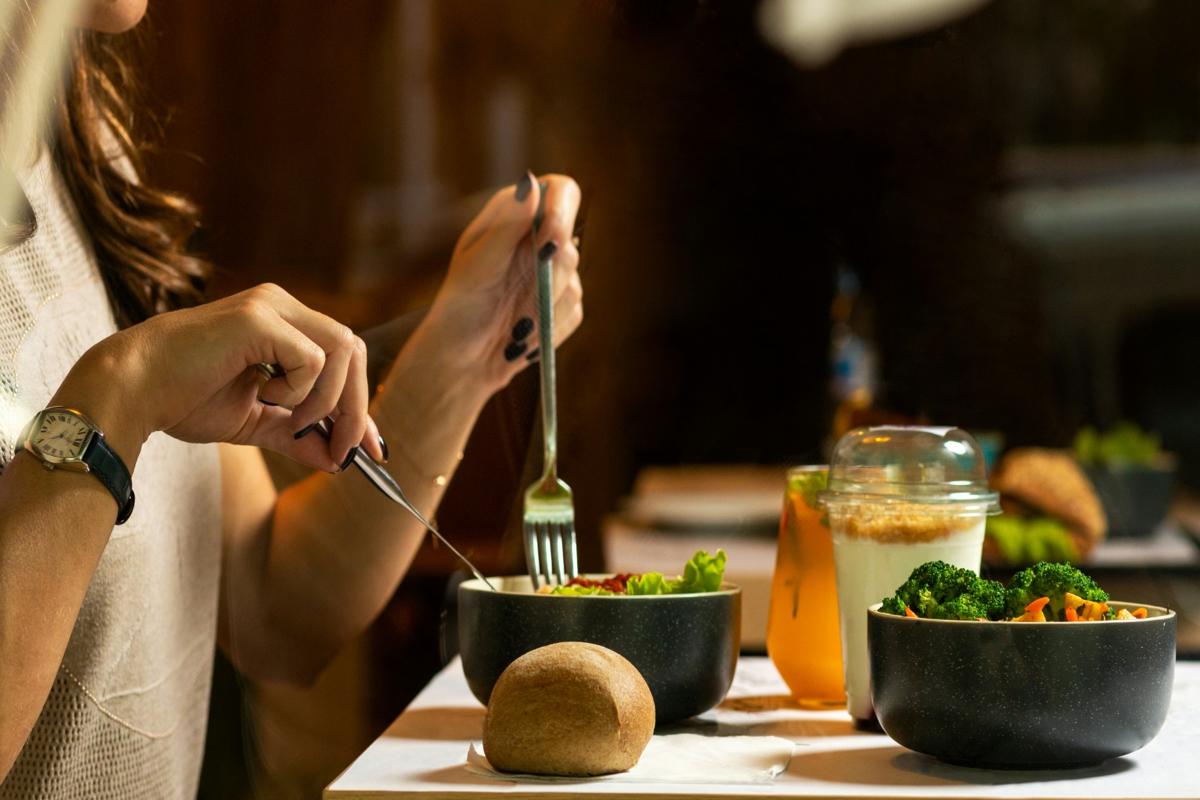The Longevity Diet: How Do I Create One Just for Me?
Healthy’s Summary
If you’ve been googling “the longevity diet,” you’re probably hoping for more than just another list of superfoods. Maybe you’re thinking long-term health, fewer chronic issues, more energy—or just feeling better in your body as you age. Good news: that’s exactly what this diet aims for. But here’s the catch (and opportunity): there’s no one-size-fits-all version.
The longevity diet, made popular by Dr. Valter Longo’s research, focuses on plant-based foods, healthy fats, fasting-mimicking phases, and anti-inflammatory eating. But creating a version that actually fits your life and your body? That’s where things get personal.
In this guide, we’ll dig into what the longevity diet really looks like, what makes it different from generic “healthy eating,” and how to tailor it to your lifestyle, preferences, and goals.
What Is the Longevity Diet, Really?
At its core, the longevity diet is a nutritional approach based on decades of research into how diet affects aging and disease risk. Most of it comes from studies of centenarian populations—people living well into their 90s and 100s, often with lower rates of heart disease, diabetes, and cancer.
But unlike trendier diets, this one isn’t about cutting carbs or tracking macros. Here’s what it typically includes:
- Lots of plants: Think vegetables, legumes, whole grains, nuts, and seeds.
- Low protein from animal sources: Mostly plant-based or occasional fish.
- Healthy fats: Especially olive oil, omega-3s, and avocados.
- Limited sugars and refined grains.
- Periodic fasting: Often in the form of “fasting-mimicking diets” (FMDs), which simulate the benefits of fasting without full deprivation.
The idea? Reduce inflammation, support cellular repair, and promote metabolic health—all of which may help extend not just lifespan, but “healthspan.”
According to Dr. Longo’s team at USC’s Longevity Institute, this approach has shown promise in both animal studies and preliminary human trials, including improvements in insulin sensitivity, reduced abdominal fat, and lower inflammatory markers. NIH
How Do I Personalize the Longevity Diet?
This is where things get more nuanced—and more human. Creating your longevity diet means asking a few key questions:
1. What’s your baseline?
If you’re already eating whole foods and cooking at home, your transition will look very different from someone who’s used to takeout and soda. Start by tracking your meals for a few days—not to judge, just to notice.
2. How does your body respond to certain foods?
Some people thrive on beans and greens. Others get bloated, tired, or crash mid-afternoon. Your version of the longevity diet might need to adjust for digestive sensitivity, allergies, or even how your blood sugar reacts to whole grains or fruits.
You can explore personalized glucose responses using continuous glucose monitors (CGMs)—or even start with basic trial-and-error journaling. And yes – you can use CGM’s even if you are not diabetic.
3. What’s realistic?
If you hate kale, don’t force it. There’s a huge variety of longevity-supporting foods. Try roasted Brussels sprouts with olive oil, or lentil soup with turmeric and garlic. Look at what you’ll actually eat and enjoy regularly.
4. Do you need a fasting rhythm?
Intermittent fasting and FMDs aren’t for everyone. People with disordered eating history, blood sugar instability, or high-stress lives may not benefit. A gentler version could mean 12-hour overnight fasting or reducing late-night snacks.
Ask Healthy
What’s Often Overlooked in Longevity Advice?
Honestly? The emotional and cultural parts of eating. A “perfect” diet that isolates you from social meals or causes stress around food is not a long-term win.
Other overlooked factors include:
- Microbiome diversity: Fermented foods and fiber-rich meals matter.
- Sustainability: What can you keep doing at age 75, not just 35?
- Nutrient density over calories: Think sardines, sweet potatoes, miso, pumpkin seeds—not just “low fat” or “clean.”
There’s also the idea of eating with purpose—not just for pleasure or fullness, but for fueling a life you care about. That might mean investing in your cooking skills, learning about heritage recipes that fit the model, or connecting with a nutrition coach who gets your goals.
The Takeaway
The longevity diet isn’t a rigid rulebook. It’s a research-backed framework for eating in a way that helps your body age more gracefully, stay resilient, and feel better day-to-day. Your version should evolve with your lifestyle, your body’s feedback, and your emotional relationship to food. Start where you are, tweak what you can, and keep checking in with yourself along the way.
Want to dig deeper?
Healthy Aging through Nutrition and Hydration
Fuel your body for vitality and longevity! “Healthy Aging through Nutrition and Hydration” provides seniors with simple, actionable tips to improve energy, brain health, and overall wellness through balanced meals and proper hydration. From easy meal ideas to hydration reminders, this program makes staying healthy manageable and rewarding. Whether you’re looking to boost your energy, improve digestion, or maintain your independence, we’re here to help you thrive with practical advice tailored for your needs.
Enroll in one of Healthy’s Programs to log, track and learn more about your Health, one conversation at a time.
Learn More




